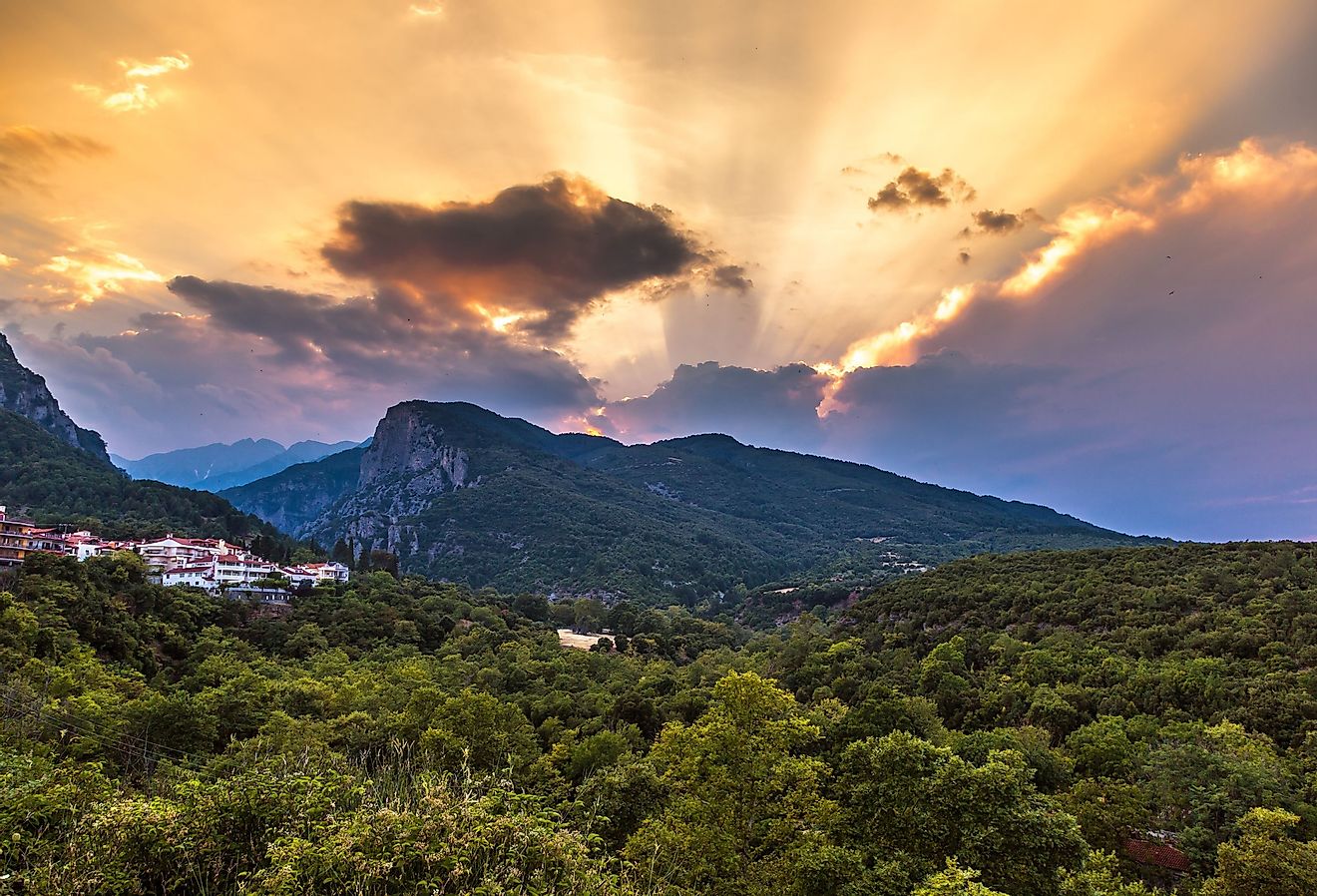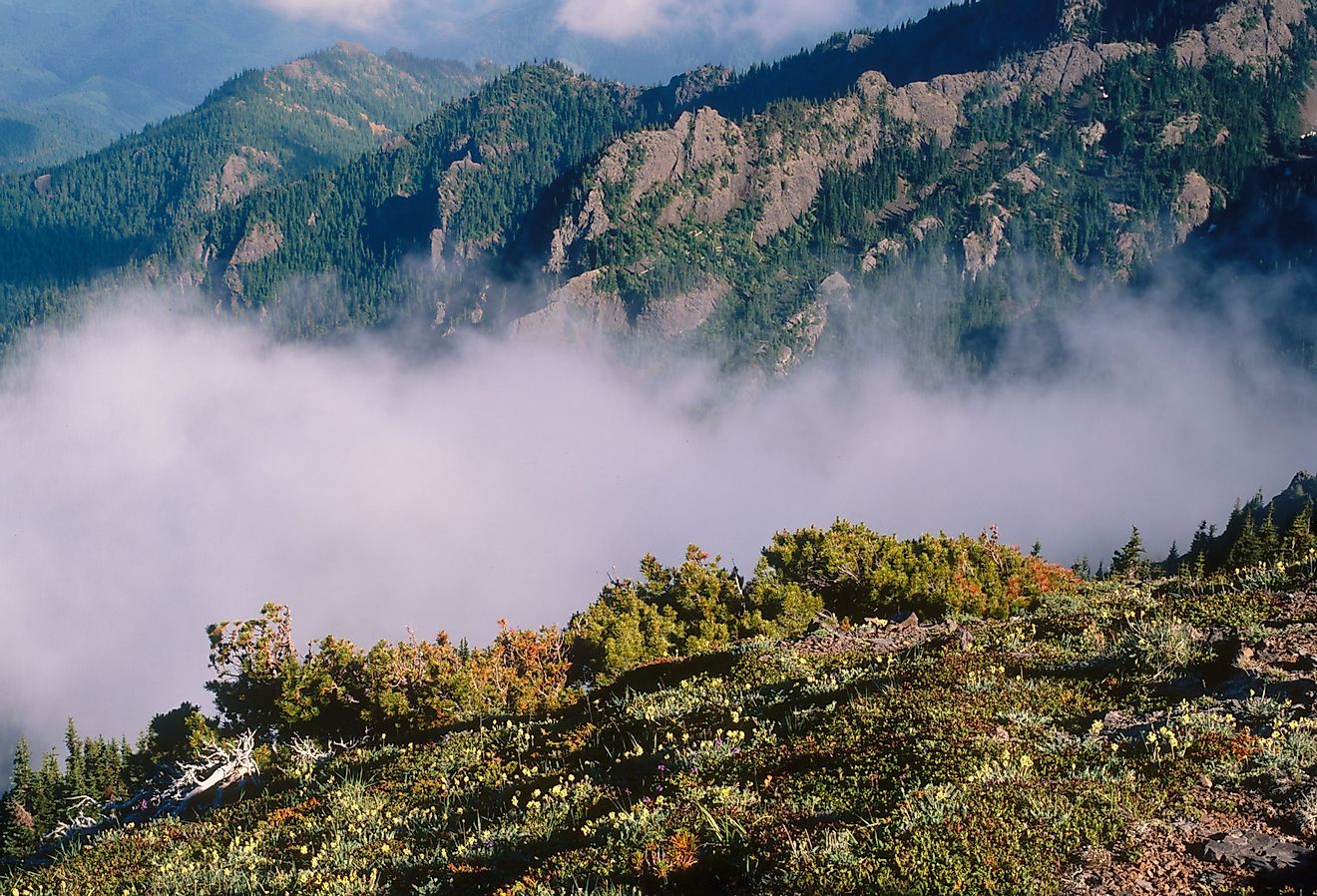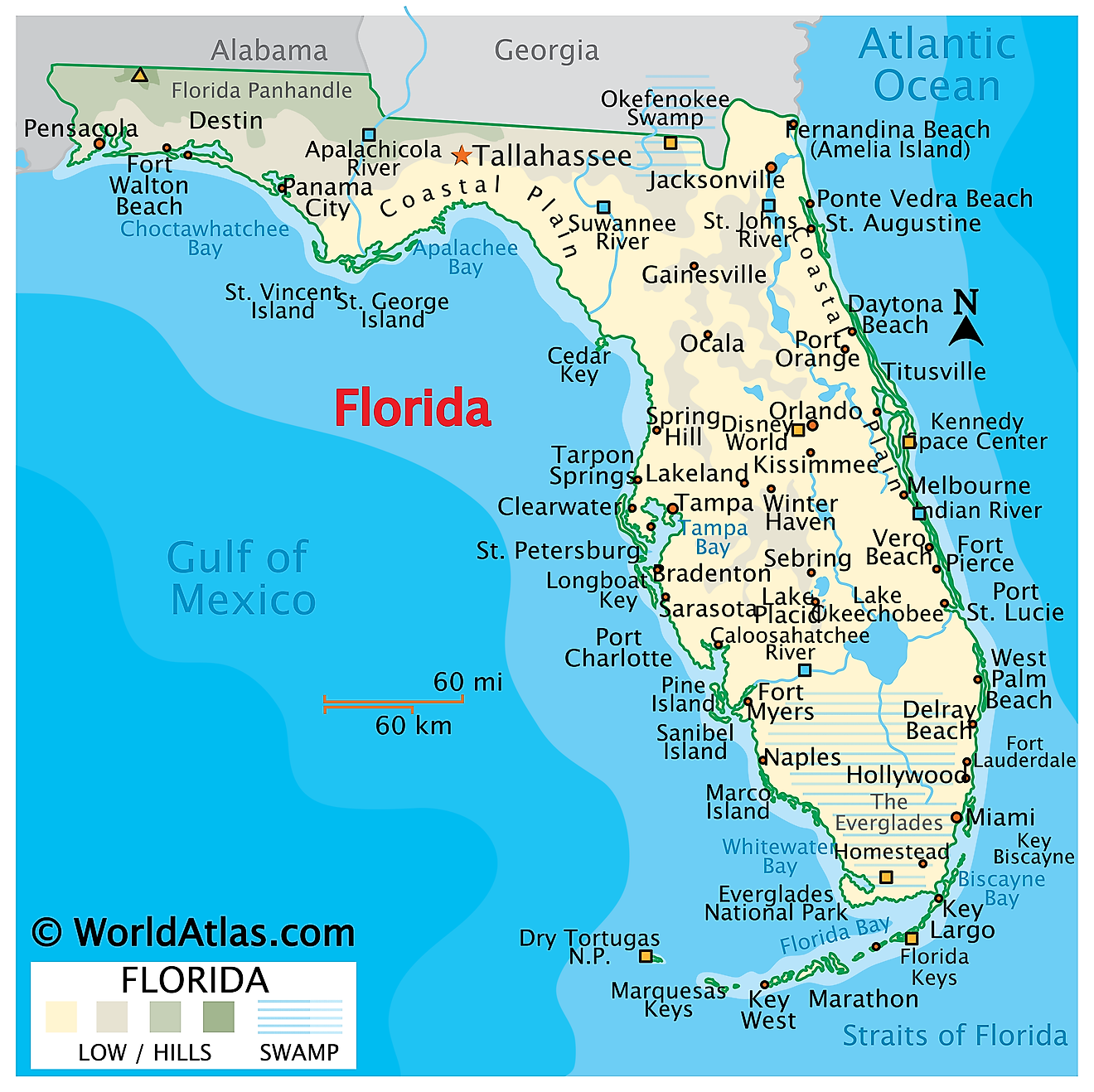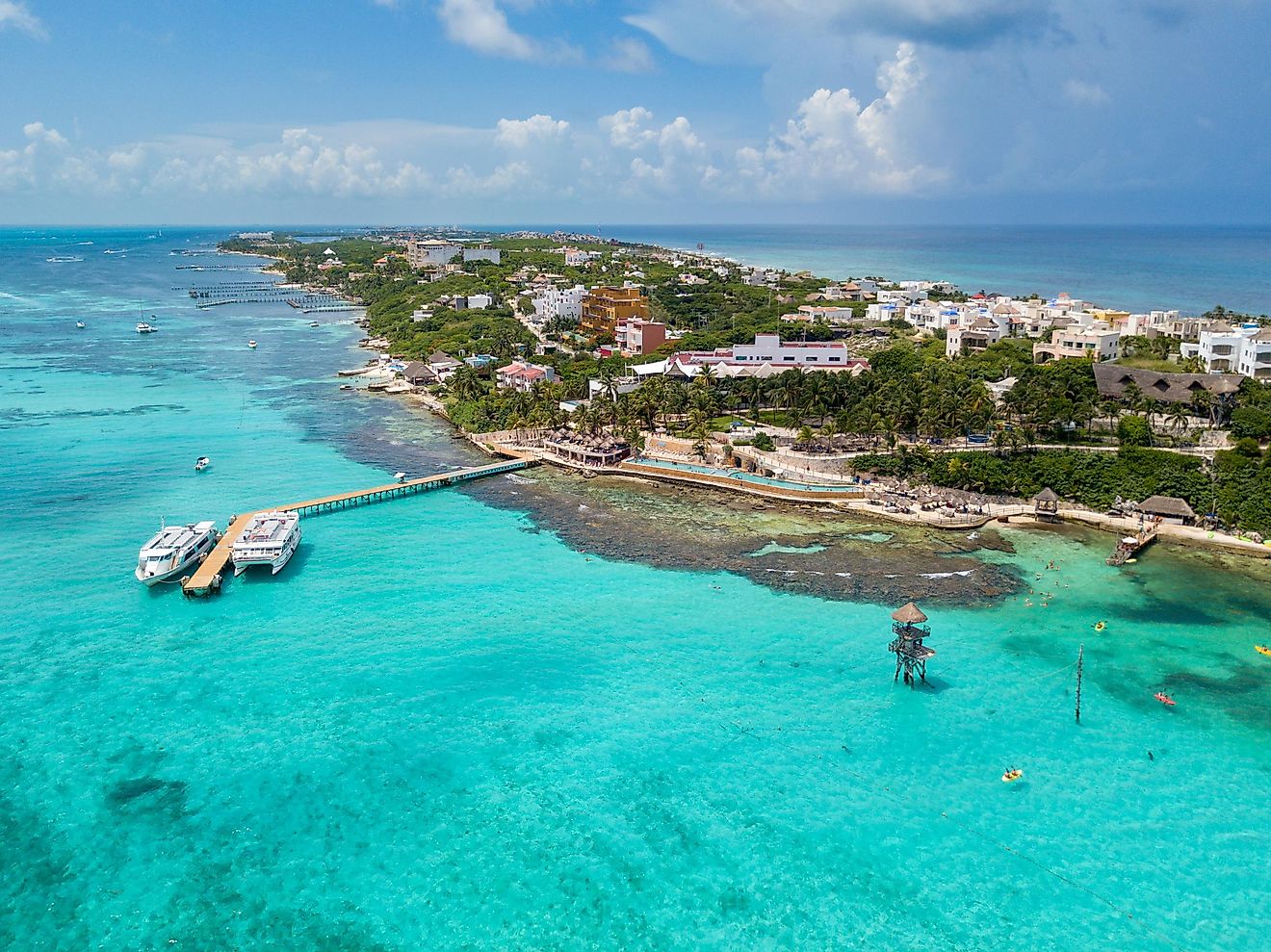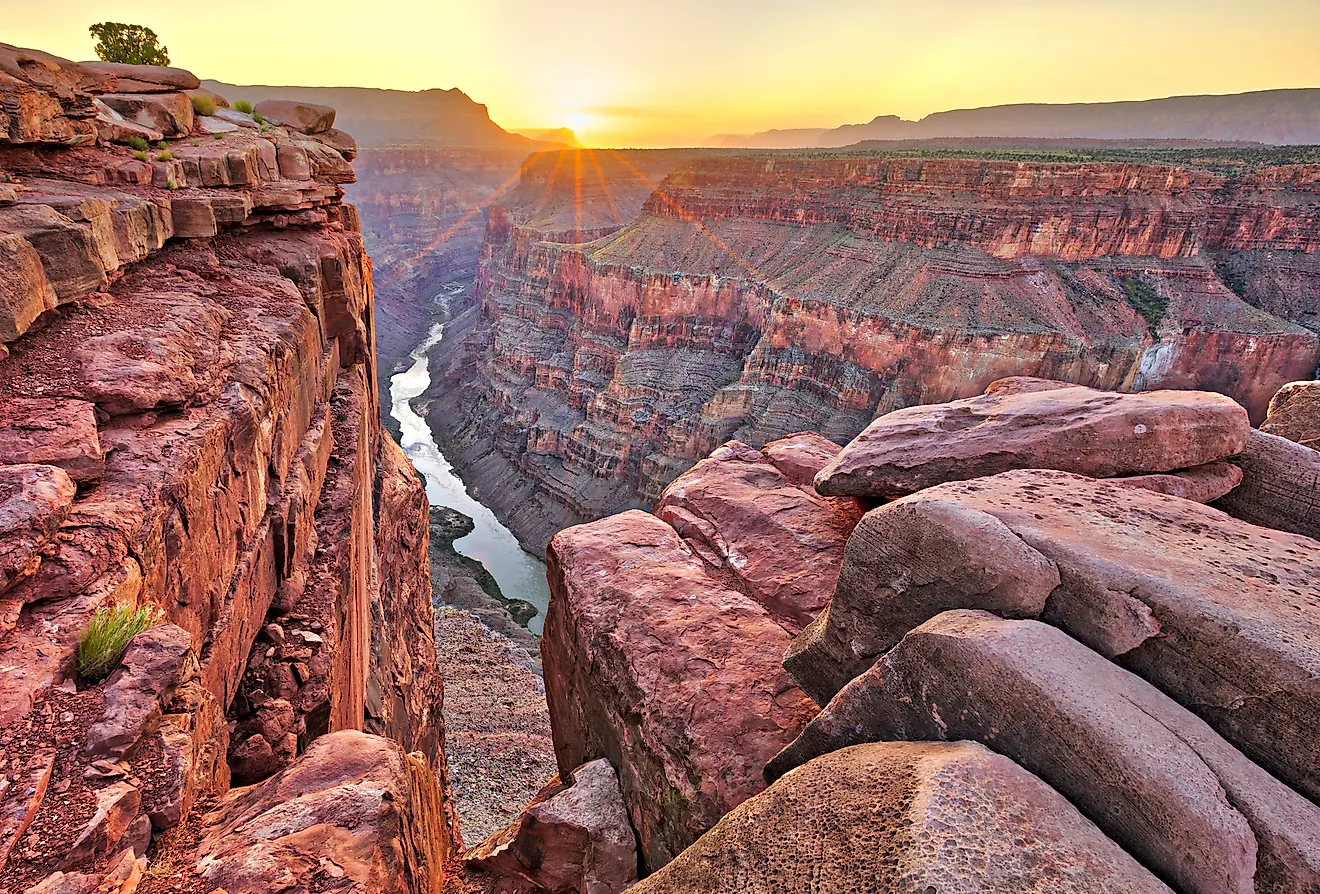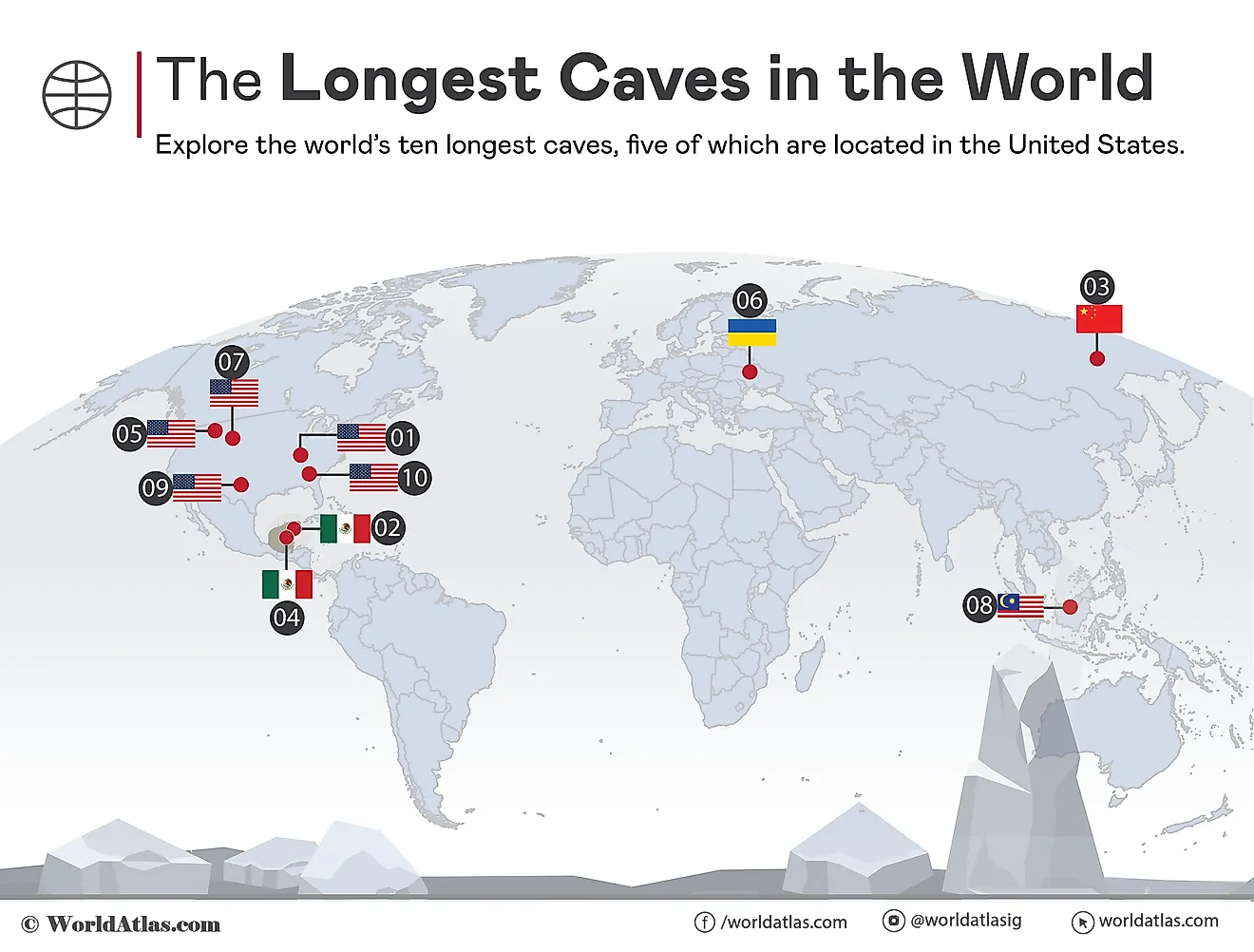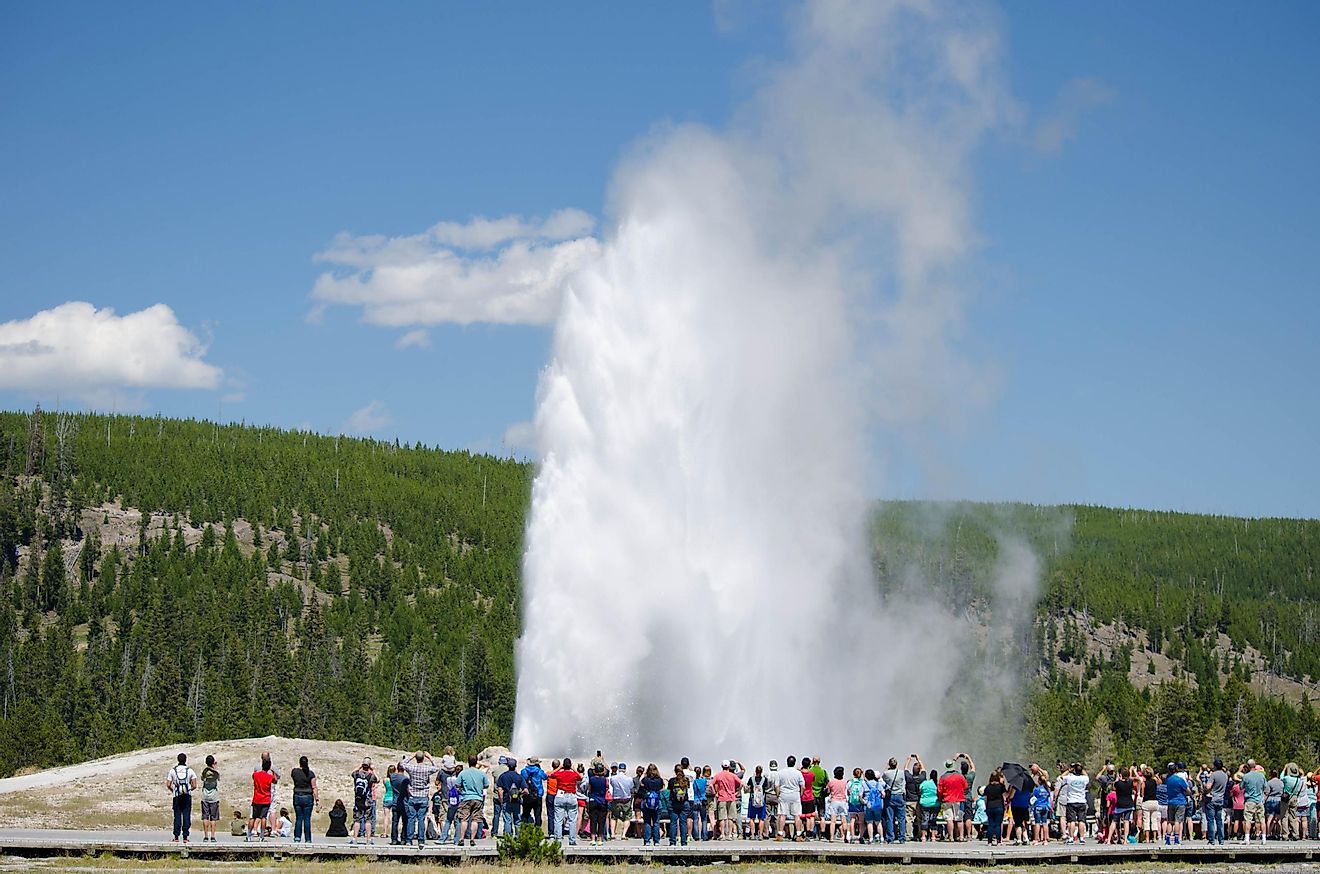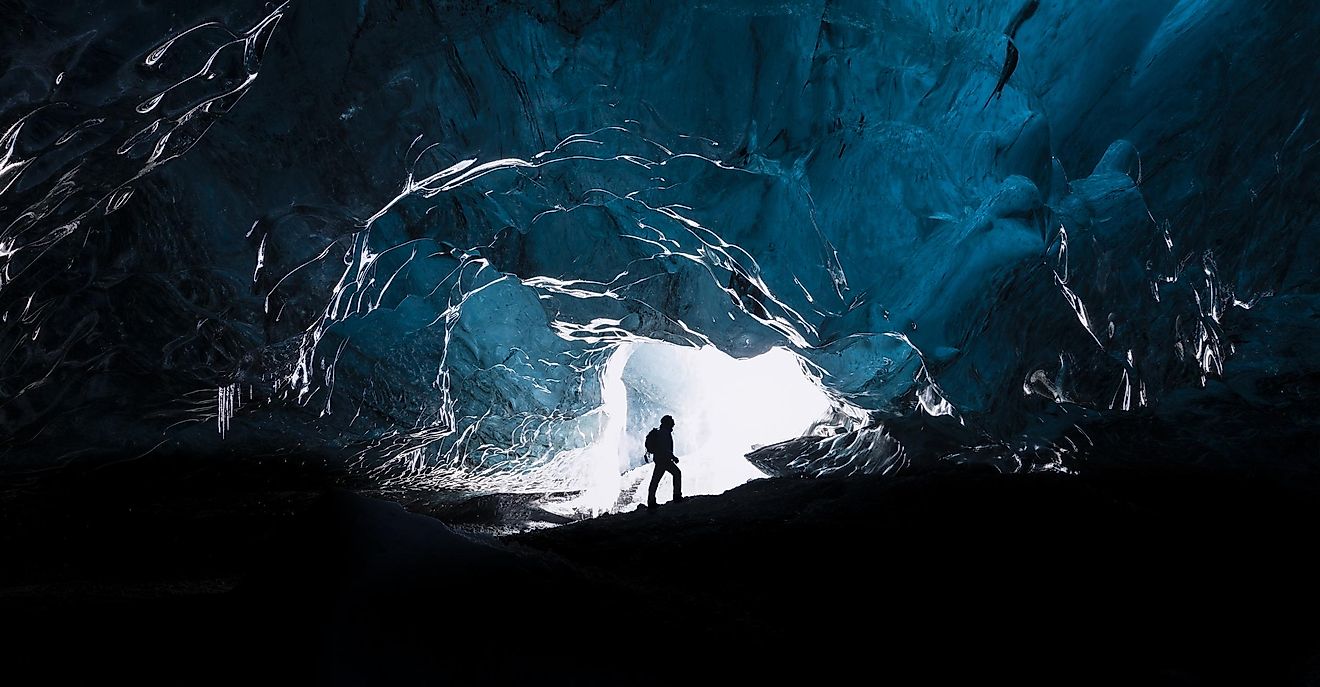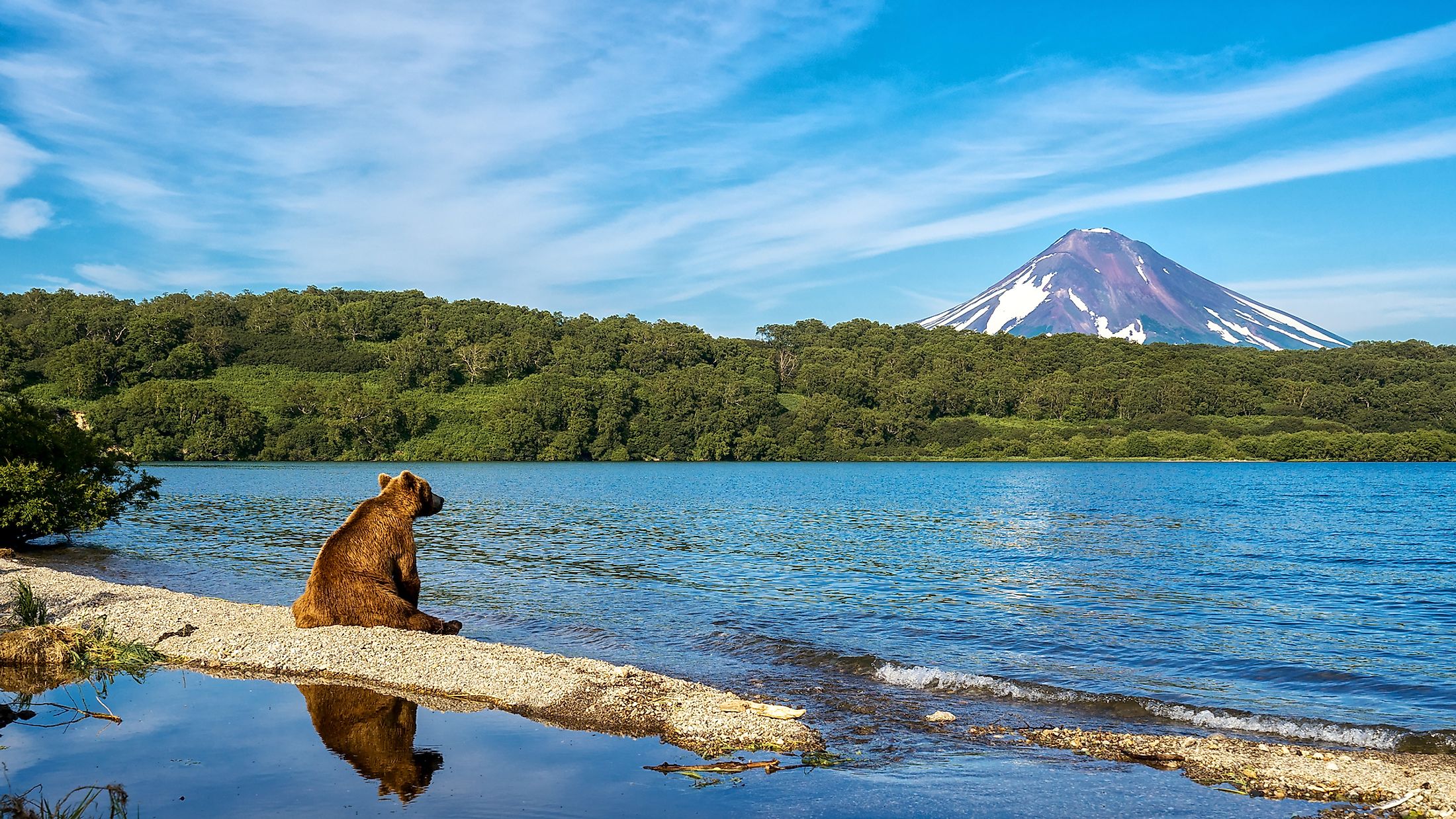
Kamchatka Peninsula
The Kamchatka Peninsula is a peninsula in northeastern Asia jutting from Russian Far East. It lies between the Bering Sea and the Pacific Ocean, and the Sea of Okhotsk, covering approximately 270,000 square kilometers. The peninsula is almost the size of New Zealand and slightly larger than the United Kingdom. It is part of the Kamchatka Krai. Kamchatka, also known as a land of fire and ice, sits on the Pacific Ring of Fire and is home to over 150 volcanoes, including 29 active volcanoes. It also has an extensive network of rivers and a vast area of wilderness rich in wildlife.
Location
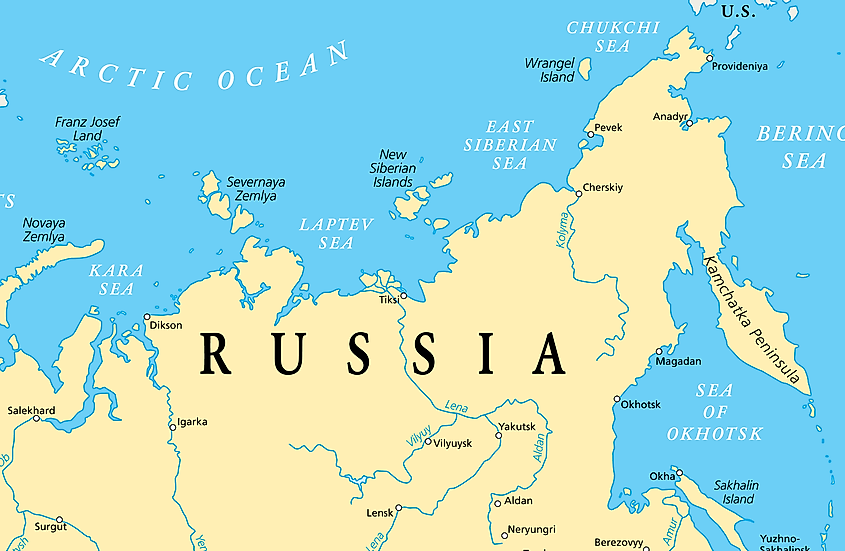
The Kamchatka Peninsula externs from the northeastern tip of Asia and forms part of the Russian Far East. The peninsula’s western coast is on the Sea of Okhotsk, while the eastern coast is on the Bering Sea and the Pacific Ocean. The Kuril Islands lie south of the Kamchatka Peninsula, with Cape Lopatka (peninsula’s southernmost point) and Shumshu (Kuril’s northernmost island) separated by the 11 kilometers wide First Kuril Strait. The Commander Islands border the peninsula on the east. The peninsula is also bordered by the Gulf of Shelikhova on the northwest, northeast by Karaginsky Gulf, and southeast by Kronotsky Gulf.
Geography And Climate
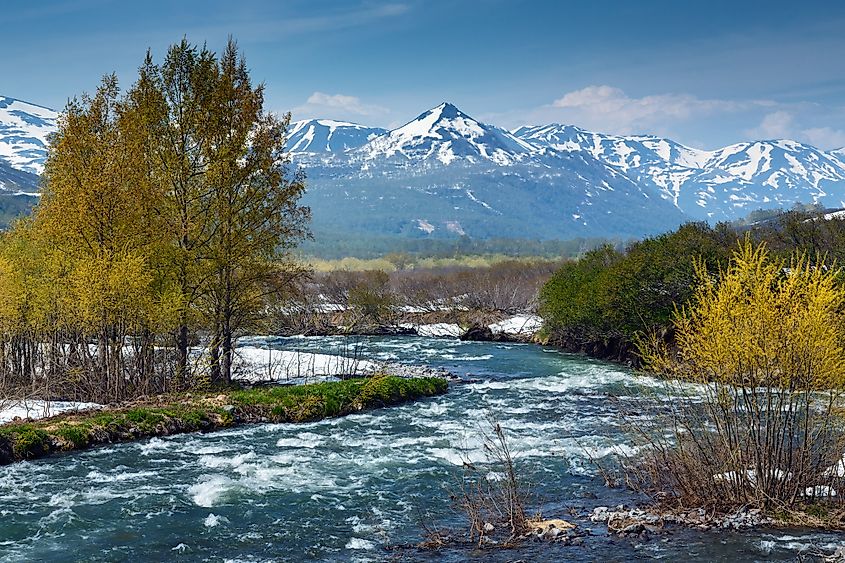
The Kamchatka Peninsula is one of the world’s largest peninsulas, extending about 270,000 square kilometers. It is about 1,250 kilometers long from north to south and 480 kilometers wide at the widest point. The peninsula has a rough terrain characterized by numerous volcanic mountains, including the 29 active volcanoes. The Eastern (Vostochny) and Central (Sredinny) Mountain ranges extend along the peninsula, with a central valley running between them.
The Klyuchevskaya Sopka in the Eastern Range is the highest point on the Kamchatka Peninsula and Siberia, rising 4,750 meters above sea level. It is also Northern Hemisphere’s largest active volcano. The volcano is surrounded by the Kronotsky Nature Reserve, hosting about 800 brown bear species and over 700 plant species. The active volcanoes are part of the six UNESCO World Heritage Sites in the Volcanoes of Kamchatka.
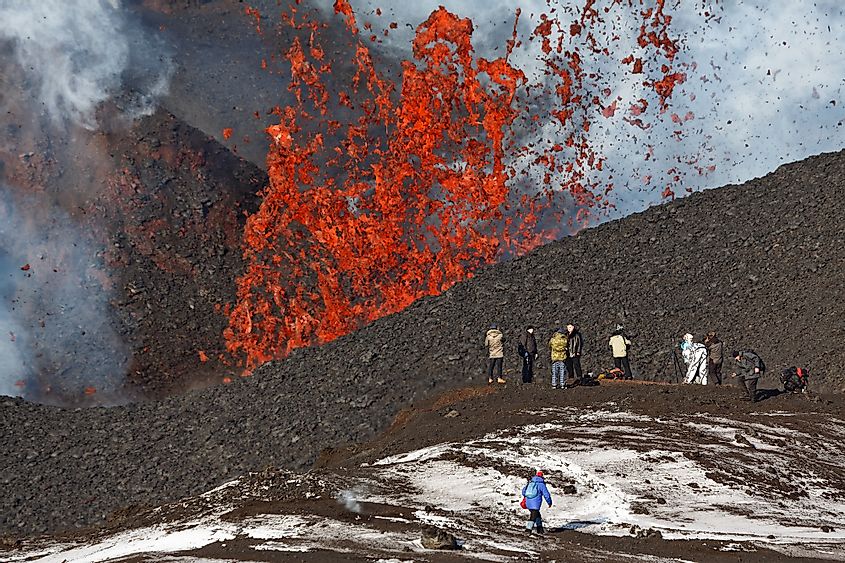
The Kamchatka River is the peninsula’s longest stream, flowing for about 758 kilometers in the central valley, from Avacha to the Pacific Ocean. The Bistraya River flows southwestwards from Avacha’s south into the Sea of Okhotsk. Other rivers on the peninsula include Tegil and Golygina. The Kamchatka’s climate varies along its length. The northern region lies in the subpolar zone, while the central and coastal areas have four distinct seasons. The peninsula receives about 2,700 mm of precipitation, more than other parts of Eastern Russia. Temperature varies from -8 degrees Celsius in winter to 16 degrees Celsius in summer.
Flora And Fauna
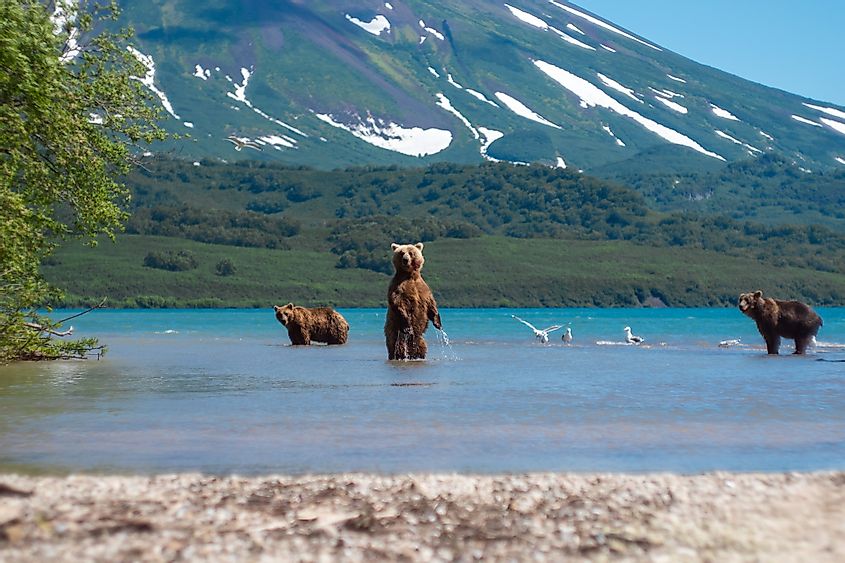
The Kamchatka Peninsula has a vast area of untouched wilderness containing abundant flora and fauna. The region has several flora zones, including muskeg, tundra, flowering shrubs, grasses, and forests containing pines, alder, birch, and willows. The variety of plant forms on the peninsula promotes animal diversity. Diverse climate and geography, abundant water, and proximity to the northwestern Pacific Ocean also contribute to the abundant and diverse wildlife. The peninsula is home to one of the densest brown bear populations, with the Kronotsky Nature Reserve containing an average of four brown bears per 100 square kilometers. Other large animals include tundra wolves, Arctic foxes, Eastern Siberian lynx, reindeers, snow sheep, and Wolverine. Researchers believe the peninsula contains the highest species of salmons, including chum, chinook, sockeye, pink, and Seema salmons.
